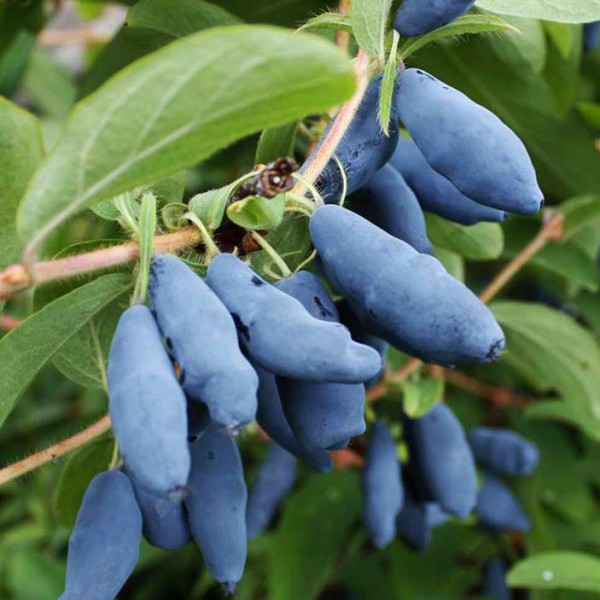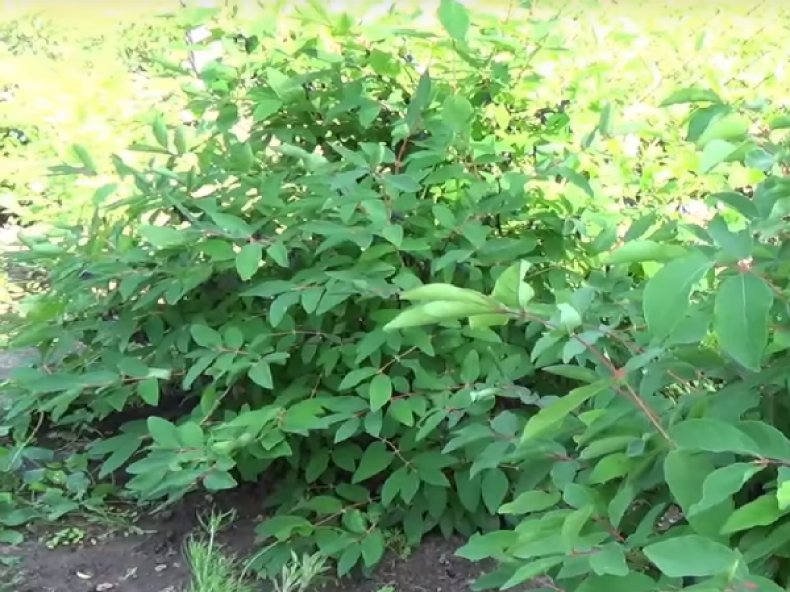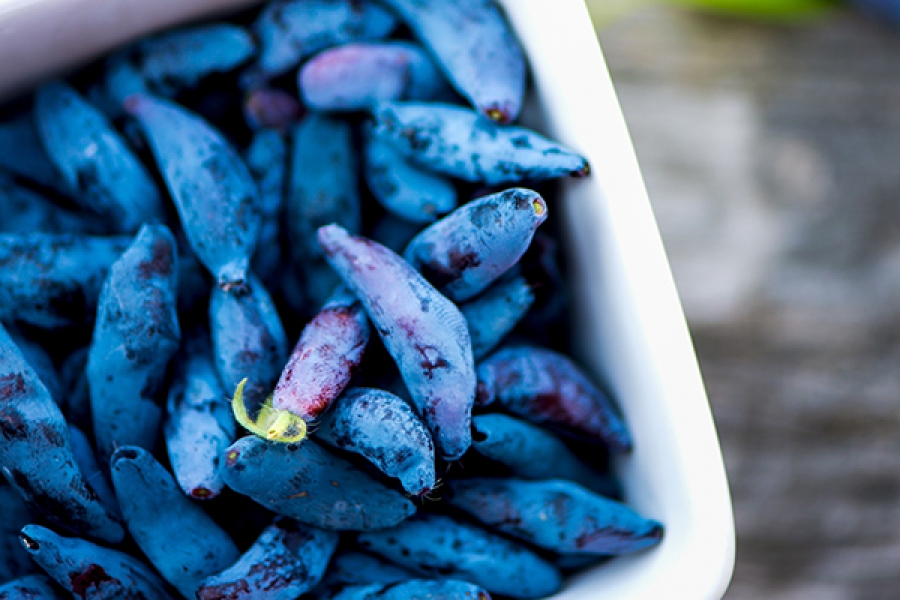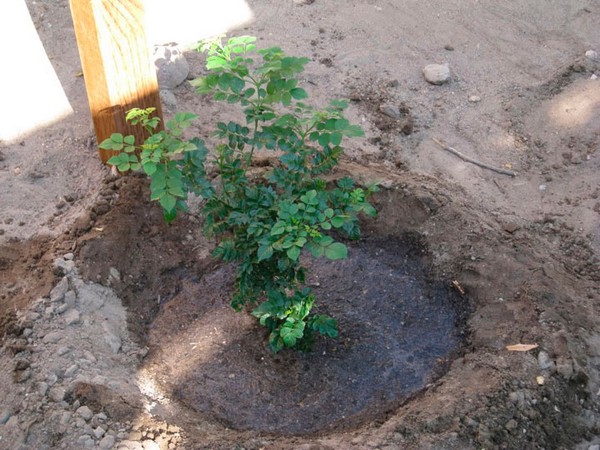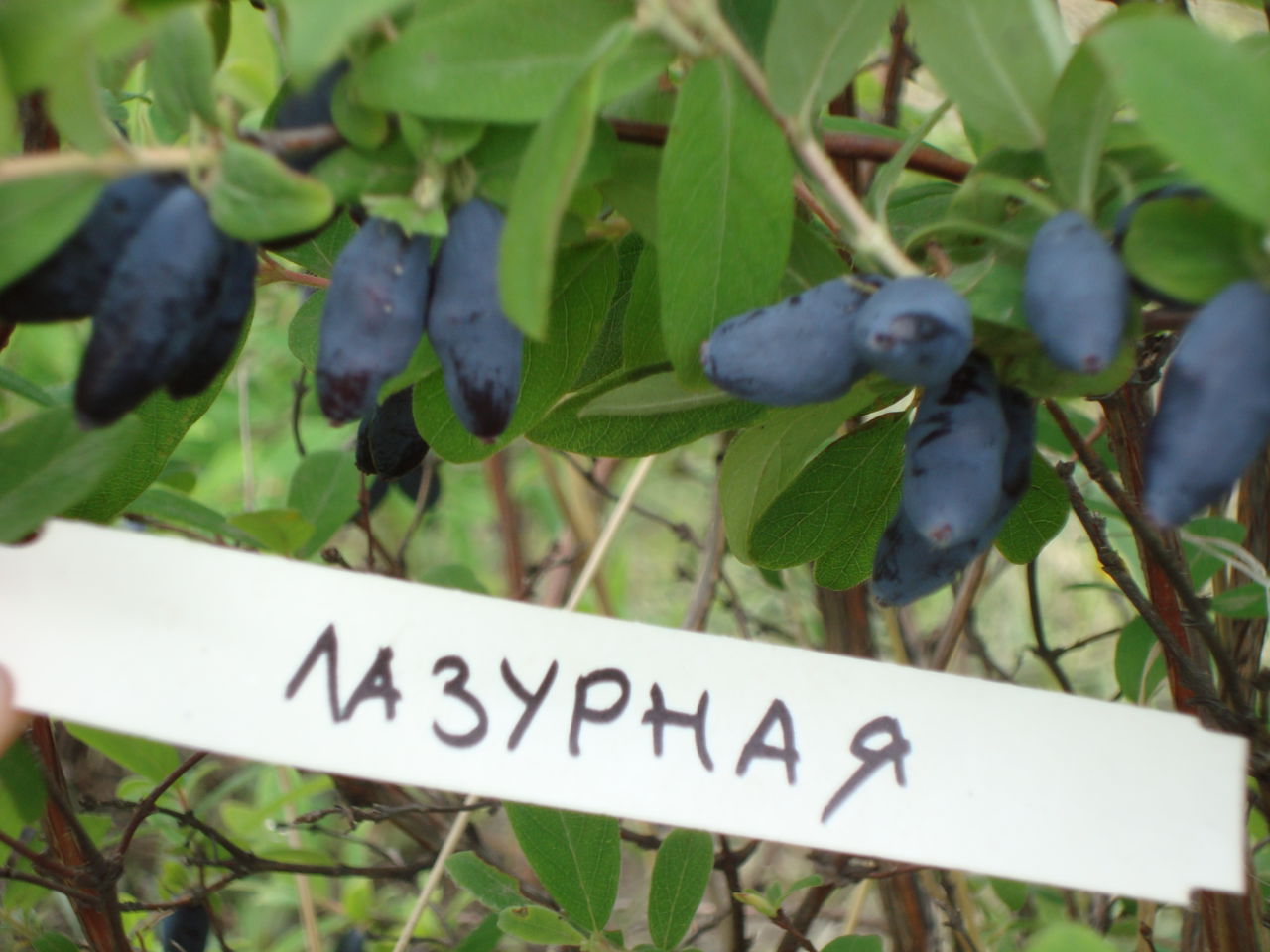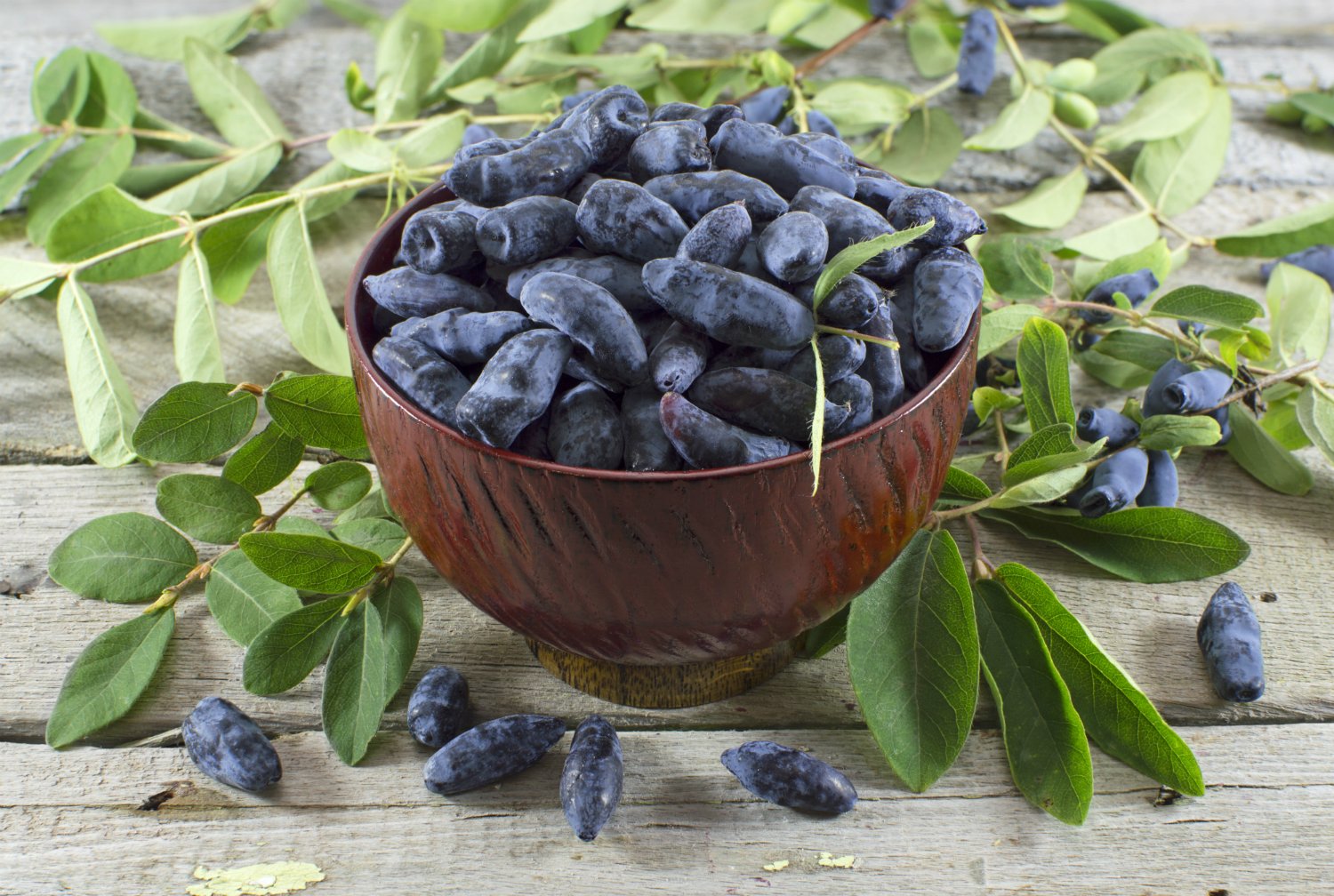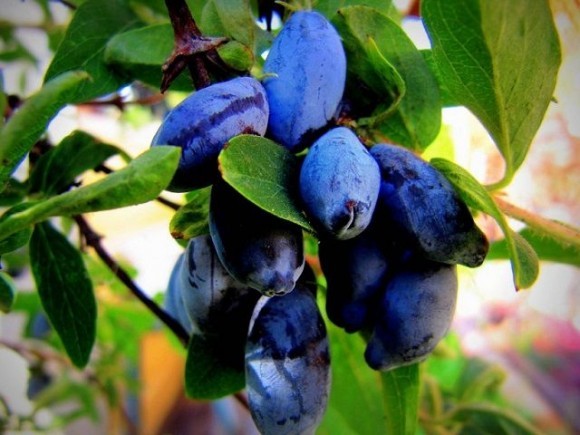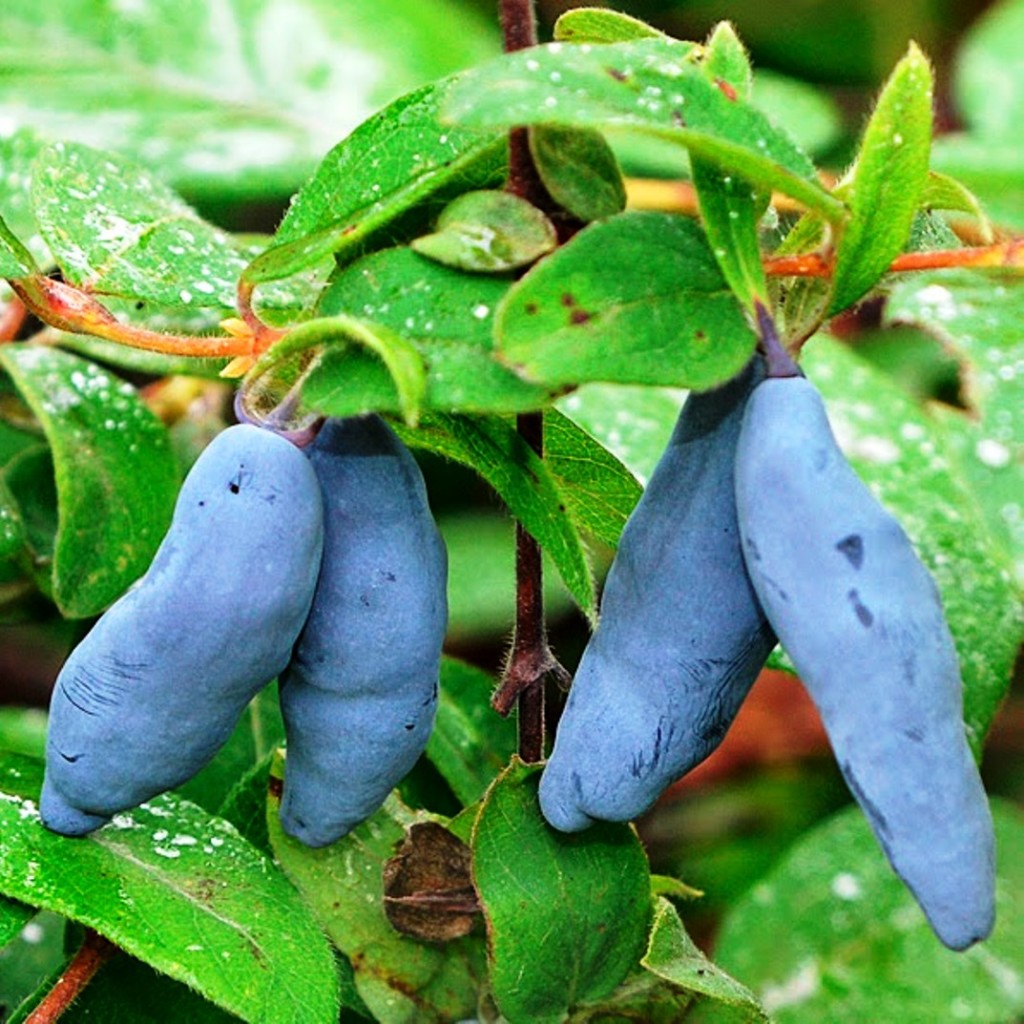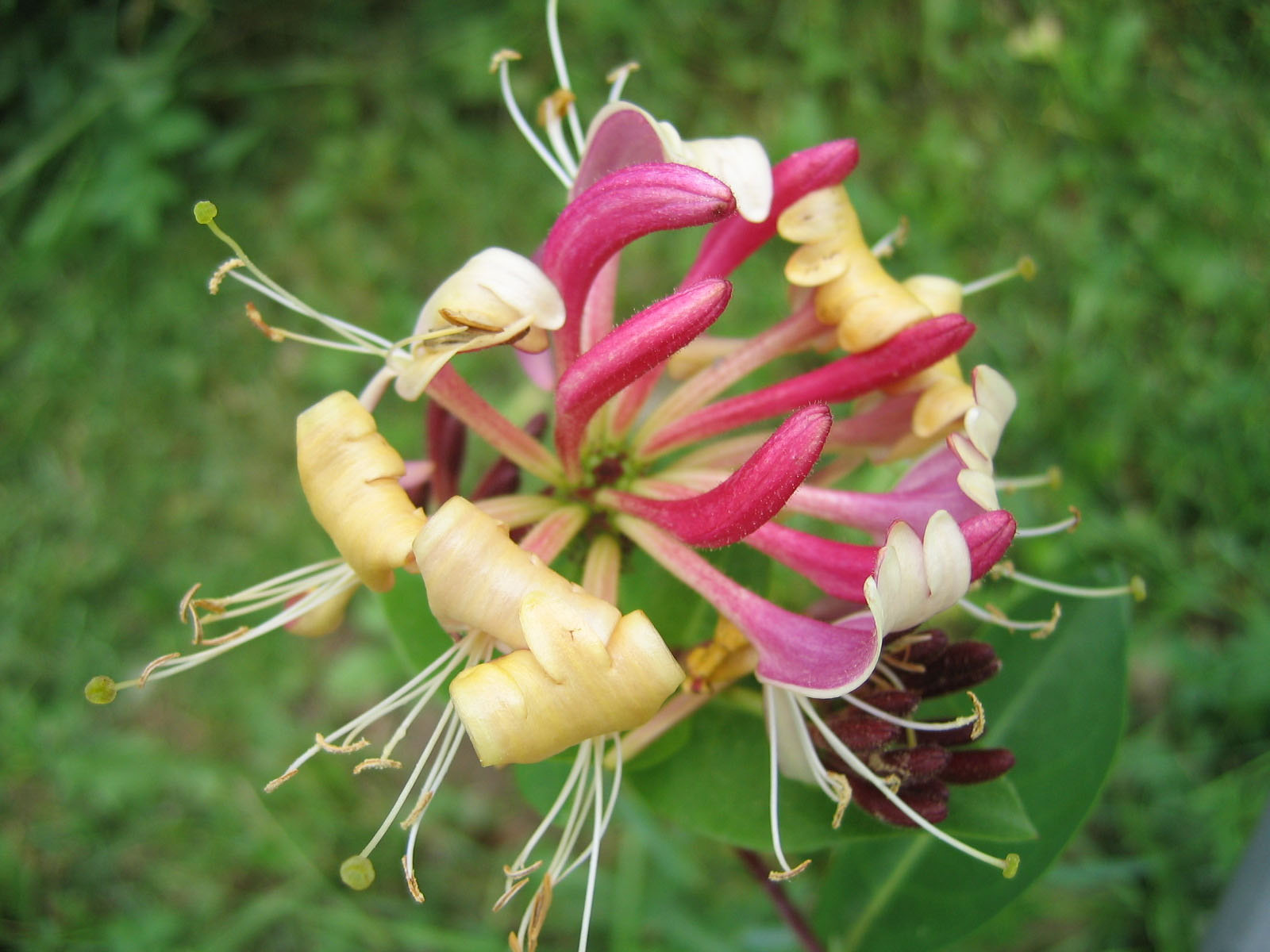Content:
Honeysuckle Violet is one of the most useful and popular varieties in the CIS countries. The fruit of the bush is ideal for preparing a variety of sweet dishes and pastries, and is also used to treat many diseases.
The history of the appearance of the variety
The honeysuckle Violet owes its appearance to the breeder Pavlovskaya. It was she who carried out an interesting and successful experience at the VIR research station in the city of St. Petersburg: she ensured free pollination of the Roxana variety. Further study, reproduction of the plant was carried out already in the city of Krasnokutsk, Kharkiv region, at the Institute of Horticulture of the UAAS. That is why the authorship is officially assigned to the Ukrainian scientists A.V. Kondrikova, M.N. Plekhanova and V.A. Kikbalo. The variety was sent for Government research in 1992.
Interesting. Sometimes the plant is confused with flowers because of the name. The Japanese version of honeysuckle does not produce fruits like Violet and is used for decorative purposes.
Plant characteristic
Bush appearance
Honeysuckle variety Violet refers to medium-sized plants. The height of the bush rarely exceeds 1.3-1.5 meters. Compared to many other varieties, it is not as lush. The shoots are greenish-brown in color, rather thick. This variety has oblong and large leaves with a bright green color. The tip of the leaf is soft. The leaf plate itself is flat, the upper part is smooth, and the lower one is more rough. A white stripe divides the leaf into two parts.
Bloom
In the spring, the bush blooms. Long peduncles with two flowers appear on the shoots, each with at least 5 reed petals. Violet color is pale pink.
Berries
The berries ripen at the end of May. Honeysuckle is unlike other berries. It has an oblong shape. Bumps are seen on the fruits. The length of each fruit is approximately 3 cm. The maximum weight of a berry is 1.5 grams.
The edible fruit has a dark blue, one might say ink color, covered with a waxy coating. The pulp smells good, is massive and with a lot of fibers. The fruit tastes sweet and sour. On a five-point scale, tasters give 4.7-5 points to the Violet variety.
Important! Berries of bright colors are not used - they are considered poisonous.
Violet honeysuckle berries are very useful for the human body. Contains vitamins A, C, PP, P, B vitamins, barium, manganese, copper, magnesium, iron, iodine, silicon, potassium, calcium, pectin, fructose, phenolic substances.
Despite this, the calorie content in 100 grams of the product does not exceed 35-40 kcal. Therefore, berries are recommended for dietary nutrition.
Yield
In eastern Ukraine (including Krasnokutsk), Violet honeysuckle fruits ripen about 2-3 weeks faster than in the Moscow region. So, in the Kharkiv region, they are harvested at the end of May or beginning of June, and in Russia - around June 25-30.
It is better to bear fruit when a young bush begins 3-4 years after planting. The yield, as breeders point out, is average. From one bush, it is possible to collect 1.3-1.9 kilograms of fruit. For a long time, the fruits do not crumble.
Growing features
Seat selection
This variety must be planted in an area where there is a lot of sunlight. If you plant, as an experienced gardener points out, a bush in a dark place, the fruits will be very small and lethargic.Not suitable for Violet and swampy terrain.
Important! If the groundwater lies close, the roots of the Violet honeysuckle begin to rot quickly, the plant dies.
Honeysuckle is a perennial crop. It will not bear much fruit unless pollinator bushes grow nearby. The most effective pollination comes from the varieties: Morena, Amphora, Nymph, Viola.
Soil and preparation for planting
The best option for Violets would be a neutral soil that easily lets air through. In order for the bush to begin accurately, it is recommended to bring sand and ash into the pit. As for fertilization, it is better to use organic substances, in particular, humus, compost, manure, mullein.
Experts call autumn the best period for planting a bush. Since the plant is frost-resistant, planting can be postponed even until October or November. In the spring, you can plant honeysuckle, but you need to catch the moment before the active production of juice begins.
Before planting the plant, pour boiling water over the dug hole. Such a measure will help destroy parasites, viruses and bacteria that have managed to multiply in the ground.
You need to plant bushes at a distance of 1.5 meters from each other. Before lowering the seedling into the ground, its roots must be carefully straightened. It is necessary to cover it with earth in such a way that the root collar is on the surface. After planting, the seedling is poured with warm (but not hot) water. In order for the plant to get enough moisture and heat, it is recommended to lay a layer of straw mulch around the trunk.
Care
Although the plant is not whimsical, to get the maximum yield, the owner should adhere to several rules of experienced gardeners.
Watering
You need to add the plant in small portions, but often. During flowering, fruit formation, as well as in case of extreme heat, you will have to spend one bucket of water under one bush. If precipitation is frequent, the bushes can be added less often.
It is recommended to weed and loosen moistened soil. This will prevent weeds and provide the honeysuckle with the right amount of moisture. Once a year, you need to carry out a specific procedure: add 1 liter of ash to a bucket of water and add a bush. This is necessary to reduce the acidity of the soil.
Important! If the owner cannot systematically care for the honeysuckle, it is better to lay mulch around the trunk. It will prevent weeds from developing, protect the soil from the appearance of a dry crust and retain the moisture necessary for the plant.
Top dressing
Immediately after the snow has disappeared from the soil, you can proceed to the first feeding with nitrogen. To prepare the substance, you need to dilute a bucket of water and 1 tbsp. l. urea. Such feeding contributes to the rapid growth of the plant and the development of green mass.
A little later (during the flowering period) a bucket of organic matter (humus or manure) is poured under the trunk. In autumn, superphosphate (about 40 g) is also added to humus.
Circumcision
As with other varieties of honeysuckle, Violet requires sanitary pruning. This should be done in the fall. First of all, dried and injured branches are removed. Too narrow parts are shortened further.
After planting seedlings, their shoots (as, for example, in the case of blueberries or raspberries) do not need to be shortened. The so-called anti-aging procedures are allowed to be performed no more often than once every 2-3 years and provided that the plant is already 6 years old. After shortening the diseased shoots, completely remove the lower tier of all those branches that do not bear fruit. You can leave about 5-6 of the strongest trunks.
Bushes that are more than 20 years old need to be radically rejuvenated: all branches must be completely cut off. As a rule, more than a year, the plant has to recover after such a procedure, but it begins to bear fruit again.
Advantages and disadvantages of the variety
Honeysuckle Violet (the description of the variety indicates this) has many advantages.
The main ones are:
- frost resistance;
- resistance to many diseases and pests;
- important nutritional value;
- versatility - berries can be used for making fruit drinks and juices, a variety of pastries and delicious desserts, as well as for main dishes;
- excellent appearance of the fruit (presentation) even after many hours of transportation;
- good productivity;
- high marks of taste;
- does not require special or complex care;
- does not crumble after ripening;
- helps in the fight against many diseases.
Significant shortcomings of the variety have not yet been found, one there are those points that gardeners would like to improve.
These, for example, are called:
- great need for sun and the impossibility of ripening in the shade;
- the need for other varieties for pollination.
Summing up all of the above, it should be said that the Violet honeysuckle variety is an especially valuable and easy-to-care variety. Having planted it in his garden along with some other varieties, the owner has every chance to provide himself with healthy and tasty berries.
